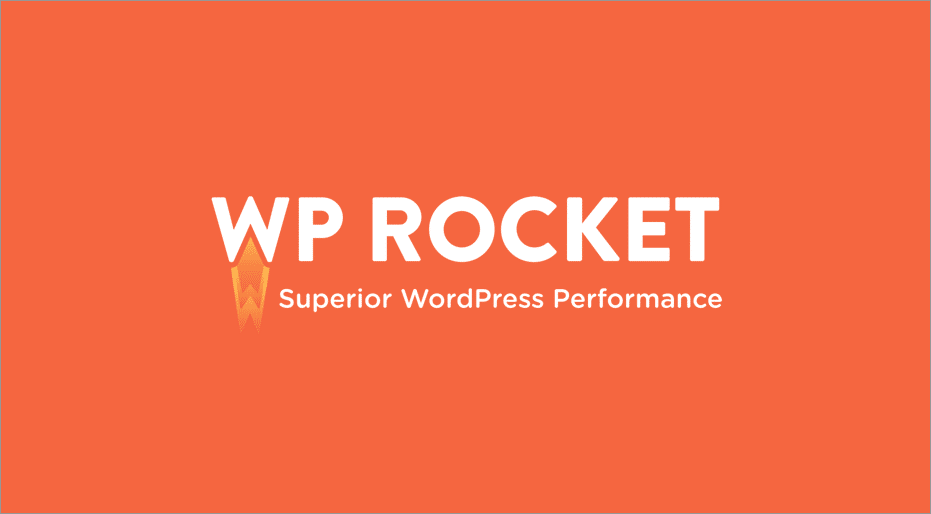WP Rocket is a powerful caching plugin for WordPress that can significantly enhance your website’s performance. Here are the best settings to optimize WP Rocket for speed and efficiency:
1. Dashboard
- Enable Caching for Mobile Devices: Check this option if you want mobile users to benefit from caching.
- User Cache: Enable this for users who are logged in (if your site has logged-in users).
2. Cache Settings
- Enable Caching: Ensure this is enabled.
- Cache Lifespan: Set to a value like 10 hours (36000 seconds). Adjust based on how frequently your content changes.
- Mobile Cache: Enable this for mobile users.
- Cache for logged-in users: Enable if you have a membership site.
3. File Optimization
- Minify CSS Files: Enable to reduce CSS file size.
- Combine CSS Files: Enable to reduce the number of HTTP requests.
- Minify JavaScript Files: Enable to reduce JS file size.
- Combine JavaScript Files: Enable to reduce HTTP requests.
- Load JavaScript Deferred: Check this to load JavaScript files after the page has loaded, improving initial load speed.
- Remove Unused CSS: Enable this to eliminate unused CSS.
4. Media
- LazyLoad: Enable LazyLoad for images, iframes, and videos. This loads media files only when they are visible in the viewport.
- Disable Emoji: Disable the emoji script if it’s not needed.
- Disable WordPress embeds: If you don’t use embeds, disable this option.
5. Preload
- Activate Preloading: Enable this to preload your cache.
- Sitemap-based cache preloading: Enter your sitemap URL (e.g.,
https://yourdomain.com/sitemap.xml). - Preload fonts: If you use custom fonts, preload them to reduce loading time.
6. Advanced Rules
- Never Cache URLs: If there are specific pages you don’t want to cache (like checkout pages), add those URLs here.
- Always Purge URLs: If you have specific URLs that need to be purged when content is updated, add them here.
- Query Strings: If you use query strings in URLs, consider setting cache rules accordingly.
7. Database
- Clean Up: Regularly clean up your database by optimizing it, removing old revisions, and clearing transients.
- Scheduled Cleanups: Set up scheduled cleanups based on your preference (e.g., weekly).
8. CDN
- If you use a CDN, integrate it under the CDN settings.
- Enable CDN: Check this box and add your CDN CNAME.
9. Heartbeat
- Control Heartbeat: Limit the WordPress heartbeat API to reduce server load. Set it to “reduce” or “disable” for certain pages.
10. Add-ons
- Enable any additional features as needed, like Cloudflare or Google Tracking.
Final Steps:
- Test Your Site: After configuring WP Rocket, test your website with tools like Google PageSpeed Insights, GTmetrix, or Pingdom to ensure improved performance.
- Regularly Update: Keep WP Rocket updated to benefit from new features and optimizations.
Note:
Settings may vary depending on your website’s unique requirements, so consider running tests after applying these settings to see what works best for your specific case. Always back up your website before making significant changes.

